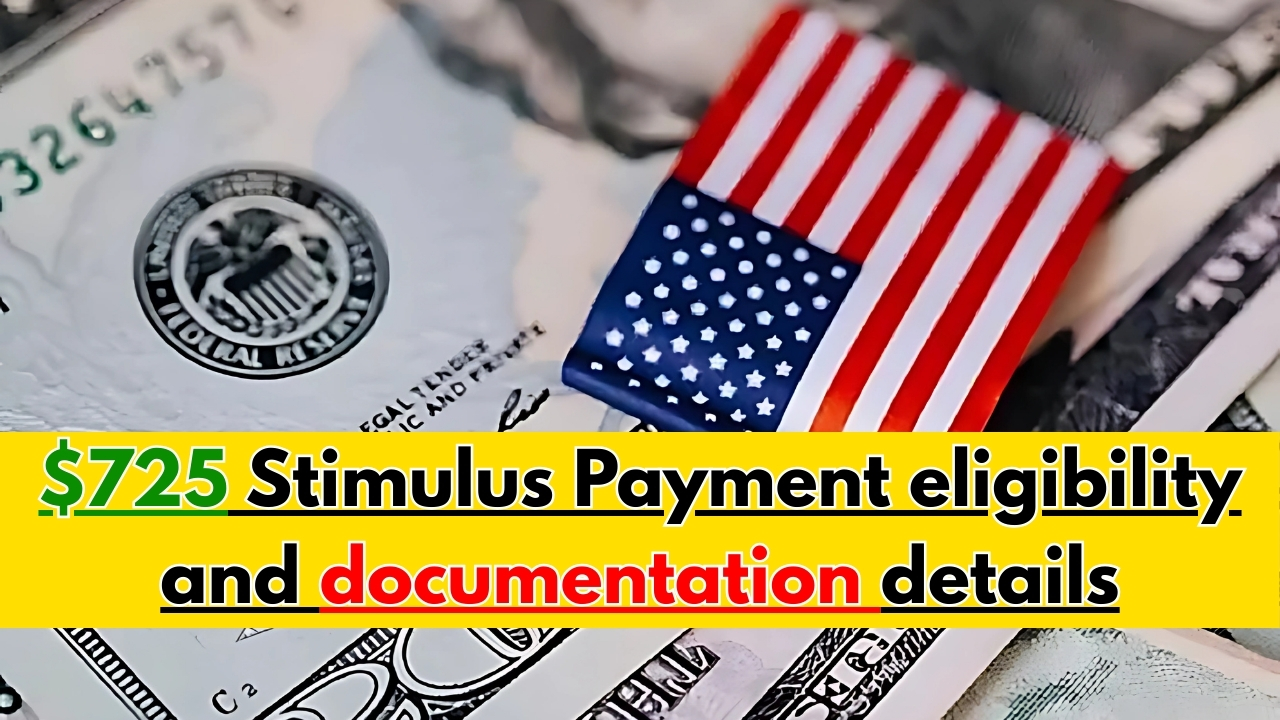Stimulus Payment : Social media buzzes with claims about $725 stimulus payments supposedly coming to Americans, but the reality proves far more complicated than viral posts suggest. While various government payments exist, no verified federal program currently authorizes universal $725 stimulus checks despite widespread online speculation and questionable sources promoting this specific amount.
The confusion stems from multiple factors. Some websites blend legitimate information about existing programs with unverified claims, creating a misleading narrative that catches desperate households seeking financial relief. The $725 figure appears to originate from unofficial sources rather than any government agency, though it continues spreading through social media shares and forwarded messages.
What makes these claims particularly problematic is how they prey on vulnerable populations already struggling with inflation and rising costs. People searching for economic assistance encounter these articles, which often contain just enough accurate information about real programs to seem credible while promoting unsubstantiated payment amounts.
Understanding Actual Available Programs
Real government assistance does exist, though not in the form of universal $725 payments. The IRS continues distributing unclaimed Recovery Rebate Credits to eligible taxpayers who missed previous stimulus rounds. These payments vary by individual circumstances, reaching up to $1,400 per person for those who qualified but never claimed their 2021 stimulus money.

State-level programs offer various forms of assistance that sometimes get confused with federal stimulus claims. California’s tax refunds, Colorado’s TABOR payments, and other state-specific programs provide relief to residents, but amounts and eligibility vary dramatically by location. None specifically match the $725 figure being promoted online.
Social Security recipients receive cost-of-living adjustments, veterans get disability compensation increases, and low-income families access tax credits. These legitimate programs follow established procedures with clear documentation requirements available through official government websites, not social media rumors.
Documentation Requirements for Real Benefits
Legitimate government payments always require specific documentation that varies by program. For IRS Recovery Rebate Credits, taxpayers need filed tax returns showing income levels and dependent information. Social Security benefits require work history verification and age or disability documentation. State programs demand residency proof and income verification.
The application process for genuine benefits happens through official channels – IRS.gov, SSA.gov, or state government websites. Real programs never request documentation through social media, text messages, or suspicious email links. Government agencies don’t ask for upfront payments or gift cards to process benefits, common tactics used by scammers exploiting stimulus confusion.
Required documents typically include photo identification, Social Security cards, tax returns, bank statements, and proof of address. Veterans might need discharge papers, while state programs could require utility bills or lease agreements. These requirements remain consistent and publicly available through official sources.
Protecting Yourself from Payment Scams
Red flags surround the $725 payment claims. No official government announcement exists, no application process has been established, and no federal agency confirms this specific amount. Legitimate stimulus programs receive extensive media coverage and appear on government websites before any payments begin.
Scammers exploit payment confusion by creating fake application sites, sending phishing emails, and making phone calls claiming to process stimulus payments. They request personal information like Social Security numbers, bank account details, or credit card information allegedly needed to receive payments.
New $7,500 Cost-of-Living Payment Coming Soon – Know Who Qualify ?
Stimulus Payment Where to Find Reliable Information
Americans seeking legitimate assistance should consult only official sources. The IRS website provides information about tax credits and unclaimed payments. Social Security Administration details benefit programs and eligibility requirements. State government sites list local assistance programs with accurate application procedures.
Financial struggles create vulnerability to misinformation, making verification crucial before believing payment claims. If something sounds too good to be true – like universal $725 payments nobody officially announced – skepticism serves as valuable protection against disappointment and potential fraud.
